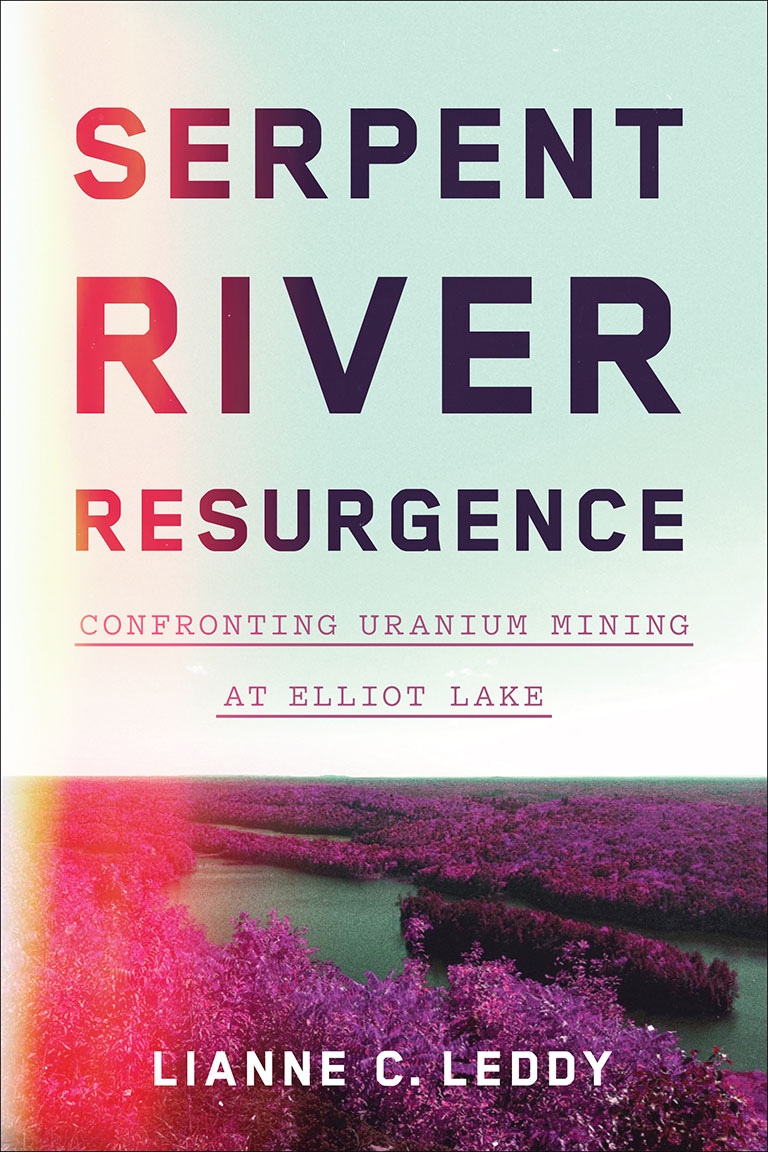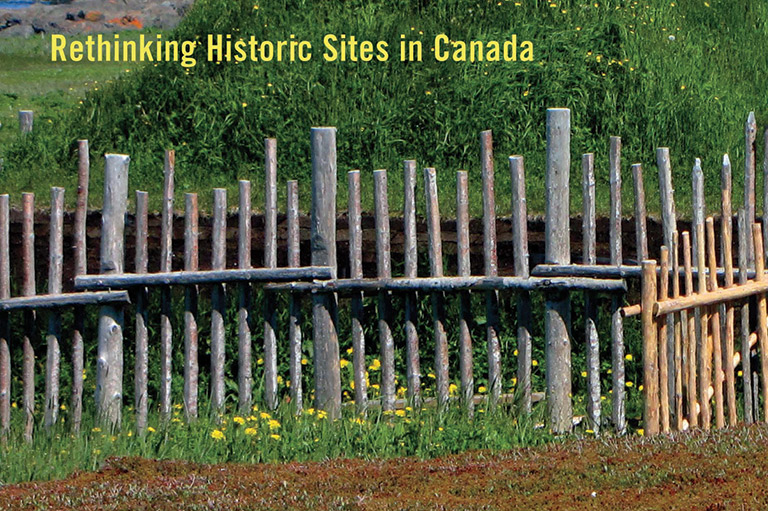Serpent River Resurgence

Serpent River Resurgence: Confronting Uranium Mining at Elliot Lake
by Lianne C. Leddy
University of Toronto Press
248 pages, $29.95
Resource development in Canada is largely a process in which the resources are extracted and companies move on, leaving environmental degradation, a hole in the ground, and a devastated landscape. The original inhabitants watch them come and watch them go. Sometimes they get employment, but in the end they return to their traditional lifestyle.
In her book Serpent River Resurgence, Lianne Leddy documents the story of the community of Serpent River and its long history with colonialism and resource development.
Serpent River is an Anishinaabe community located on the north shore of Lake Huron. The Anishinaabe people have lived in this territory for centuries, and before contact they were independent and deeply attached to the land.
This was the great divide between the First Nations and the European newcomers: First Nations viewed the land as a part of their soul, while the newcomers saw it as a source of economic potential.
Uranium refining requires large amounts of sulphuric acid, so the resource company Noranda wanted to build a sulphuric acid plant near Serpent River. The Department of Indian Affairs was all too eager to see it built on the Serpent River reserve. The myth was that it would create revenue and jobs. In reality it badly polluted the reserve, killed trees, made people sick, and lasted for only a few years. In 1963, the uranium boom was over, and the plant was taken out of production. The promise of jobs and economic development was fleeting.
The Elliot Lake uranium mines were located within the Serpent River watershed, and when they were decommissioned they leached contamination into the river. As a result, the fish and wildlife were poisoned, and the traditional bounty from the river ceased. The namesake river that runs through the community was no longer a food source, and children could no longer swim in it.
The community was left with environmental damage, many trees died, vehicles and roofs rusted, and the land where the plant had stood became a dead zone with no buildings allowed. In 1985 the Toronto Star did an investigative report describing the reserve as “hell on earth.” The article told of the environmental degradation and the serious health effects on people.
The secret was out, and people began to ask, how did this happen? The short-term planning of the resource industry, along with the naïveté and colonial mindset of the Department of Indian Affairs, was exposed — and the people of Serpent River wanted redress. For the last four decades they have continued to confront governments. They eventually received a settlement to clean up the degradation, and the community pitched in and assisted.
In Serpent River Resurgence, Leddy does an excellent job of chronicling and describing the events that brought the land of the Serpent River First Nation from a pristine wilderness to a state of horrific pollution. She also paints a picture of the people’s tenacity and leadership towards healing the land and reviving their homeland.
Leddy takes the long view of history, where people who have lived for centuries on productive and beautiful land become the victims of short-term and poorly planned resource development. Outside actors can do serious harm to a First Nations community; other places in Ontario, such as Grassy Narrows and the Ring of Fire, as well as innumerable clearcuts, have all been part of this process.
Canada's History magazine was established in 1920 as The Beaver, a Journal of Progress. In its early years, the magazine focused on Canada's fur trade and life in Northern Canada. While Indigenous people were pictured in the magazine, they were rarely identified, and their stories were told by settlers. Today, Canada's History is raising the voices of First Nations, Métis and Inuit by sharing the stories of their past in their own words.
If you believe that stories of Canada’s Indigenous history should be more widely known, help us do more. Your donation of $10, $25, or whatever amount you like, will allow Canada’s History to share Indigenous stories with readers of all ages, ensuring the widest possible audience can access these stories for free.
Any amount helps, or better yet, start a monthly donation today. Your support makes all the difference. Thank you!
Themes associated with this article
Advertisement
With 7 uniquely curated newsletters to choose from, we have something for everyone.
Save as much as 40% off the cover price! 4 issues per year as low as $29.95. Available in print and digital. Tariff-exempt!




